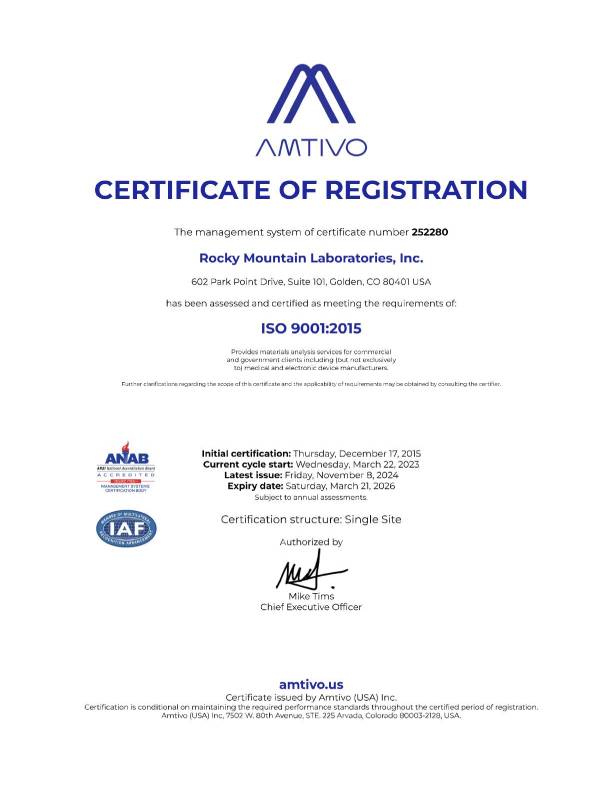In FTIR (Fourier Transform Infrared) spectroscopy, the analysis of functional groups is a common application. Both ether and ester functional groups can be identified and characterized based on their unique infrared absorption bands. Here’s a brief comparison of the infrared spectra of ether and ester functional groups:
- Ether Bonding (C-O-C):
- Absorption Band: The characteristic absorption band for ether groups is typically observed in the range of 1000 to 1300 cm⁻¹.
- Peak Shape: The C-O-C stretching vibration often appears as a sharp peak or peaks in this region.
- Example Peak Position: The C-O-C stretching vibration for an ether group often occurs around 1100 cm⁻¹.
- Example Compound: Diethyl ether is an example of a compound containing an ether functional group.
- Ester Bonding (C=O-O-C):
- Absorption Bands:
- The carbonyl (C=O) stretching vibration is a strong band typically observed around 1735 to 1750 cm⁻¹.
- The C-O stretching vibration is usually observed in the range of 1050 to 1300 cm⁻¹.
- Peak Shape: The carbonyl stretching vibration tends to be a strong, sharp peak, while the C-O stretching vibration can be a medium to strong peak.
- Example Peak Positions:
- Carbonyl (C=O) stretching vibration: Around 1735 cm⁻¹.
- C-O stretching vibration: Around 1250 cm⁻¹.
- Example Compound: Ethyl acetate is an example of a compound containing an ester functional group.
- Absorption Bands:
In summary, the main difference lies in the specific absorption bands associated with the C-O-C stretching vibration in ethers and the C=O and C-O stretching vibrations in esters. Analyzing the positions, shapes, and intensities of these bands in the FTIR spectrum can help in identifying and differentiating between compounds containing ether or ester functional groups.



